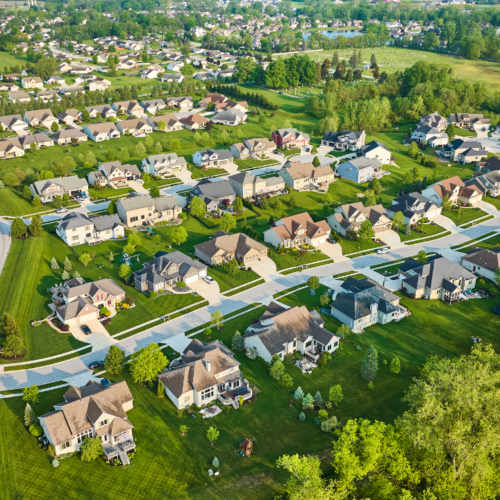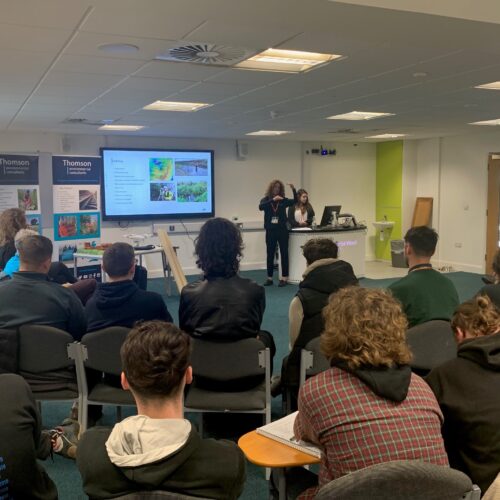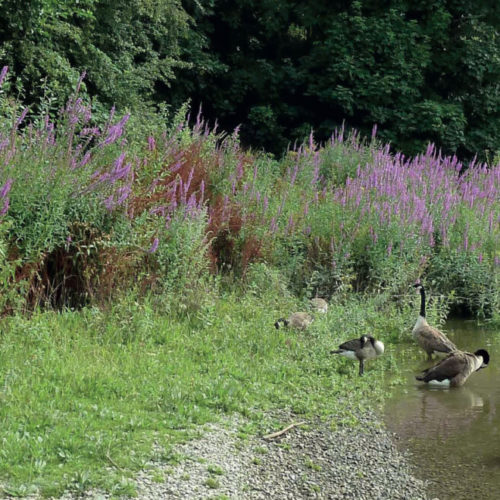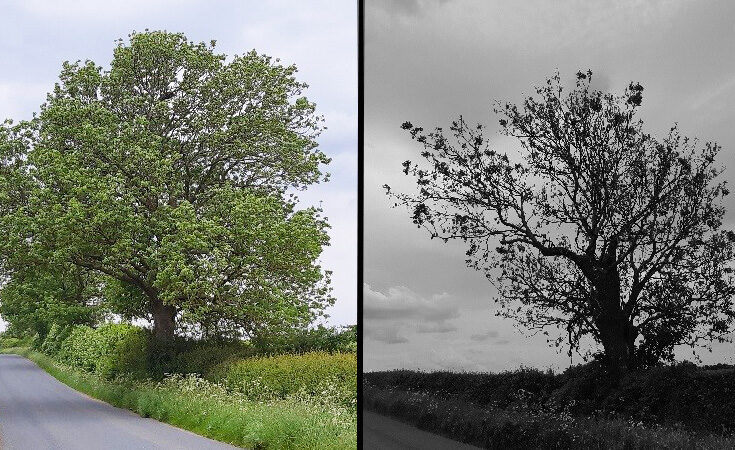Tree surveys for sites are much more than just a quick health and safety check to make sure trees aren’t going to fail and injure or even kill someone. They are also an opportunity to discover more about the site, both in terms of trees but also the wider environment – living and built. Head of Arboriculture at Thomson, Neil Francis, shares his first-hand accounts.
Dead trees
During a recent tree survey, several arboricultural and ecological issues were identified. Perhaps the most obvious hazard within the site though was a dead tree standing in the corner of a busy car park.
As per the photograph, the tree was located adjacent to a parking space which was freely available to use by the public. Whilst dying and deadwood is a valuable ecological resource in woods and forests, it is not such a welcome feature in an urban environment where the potential for it to cause harm or damage to people or property is much greater.
Although the dead tree was clearly visible to the public and a formal qualification in arboriculture was not needed to know that the tree was dead, recording it within a survey makes the landowner aware that they have a responsibility to act accordingly, fulfilling their ‘Duty of Care’.
Trees that deform hard surfaces
A common sight in urban situations is the deformation of hard surfaces caused when roots from trees are not given sufficient growing space and they end up distorting tarmacked pavements, car parks etc. In this photograph you can clearly see where the roots close to the tree’s stems have caused damage to the surface of the car park.
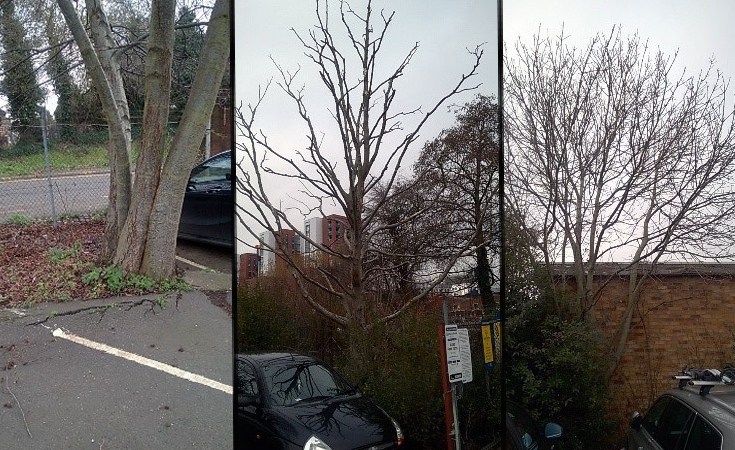
In addition to problems with the roots, this alder has multiple stems growing tightly against each other and exerting outward pressure as they grow. These can be structurally weak and have a higher risk of failure than trees with much wider unions between their stems. The issues with this tree demonstrate how important it is to plan trees for the future when implementing landscaping schemes. Planting a tree close to the edge of a parking area always runs the risk of structural roots causing displacement of the tarmac.
Formative pruning whilst the tree was young, may also have prevented the formation of tight unions and promoted the growth of a structurally sound tree. As it is, the future of this tree is likely to be curtailed before it can achieve its full potential.
Self-set trees
Self-set trees are common in urban environments and ash is one of the usual suspects we find growing almost anywhere their ‘keys’ land. The ash tree in the image above has taken its chances next to a building where it is relatively sheltered.
When small, these trees can be easily overlooked and remain largely unnoticed. However, as they grow in stature, and their crowns emerge over the tops of buildings, the risk of them causing structural damage also increases significantly. Such trees do not have a realistic, long-term future growing where they are, and it is sensible to remove them before they become too big.
Animals and trees
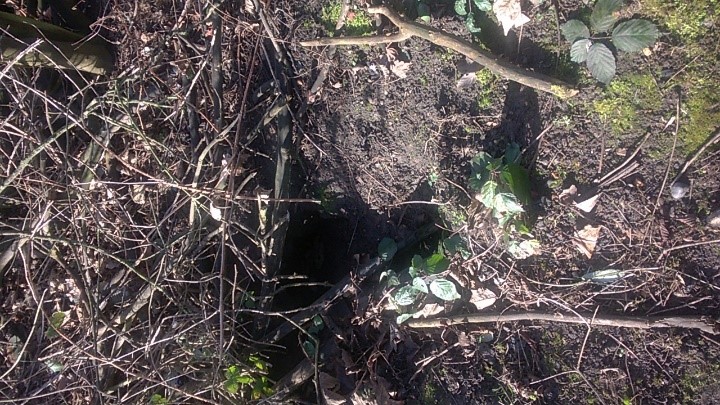
During the survey, evidence of mammalian activity was found and whilst the scope of the survey aligned with the client needs, it did not include a check for ecological constraints. So, working with highly qualified ecologists, together with degrees in ecology and arboriculture, I am equipped with the necessary skills to identify important ecological features that may be worthy of further investigation.
These features can be highlighted in any subsequent correspondence with the client to ensure that environmental compliance is achieved, with respect to any future development.
Invasive plants
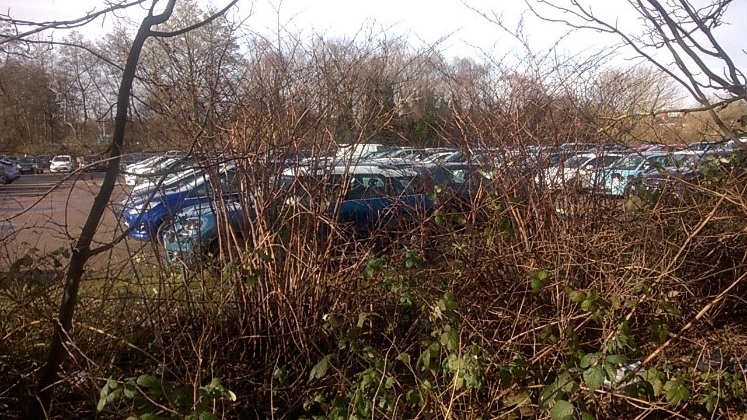
A stand of Japanese knotweed (Fallopia japonica) was also found at the site. Under the Wildlife and Countryside Act 1981, it is an offence to plant or otherwise cause this species to grow in the wild. Measures for the control of this species need to be put in place in advance of any future development.
How we can help
If you have trees on your site that require arboricultural surveys, and/or you think you have ecological survey requirements, then get in touch with us today. We have specialist arboriculture and ecology teams who can advise and help you to keep your developments in track.


